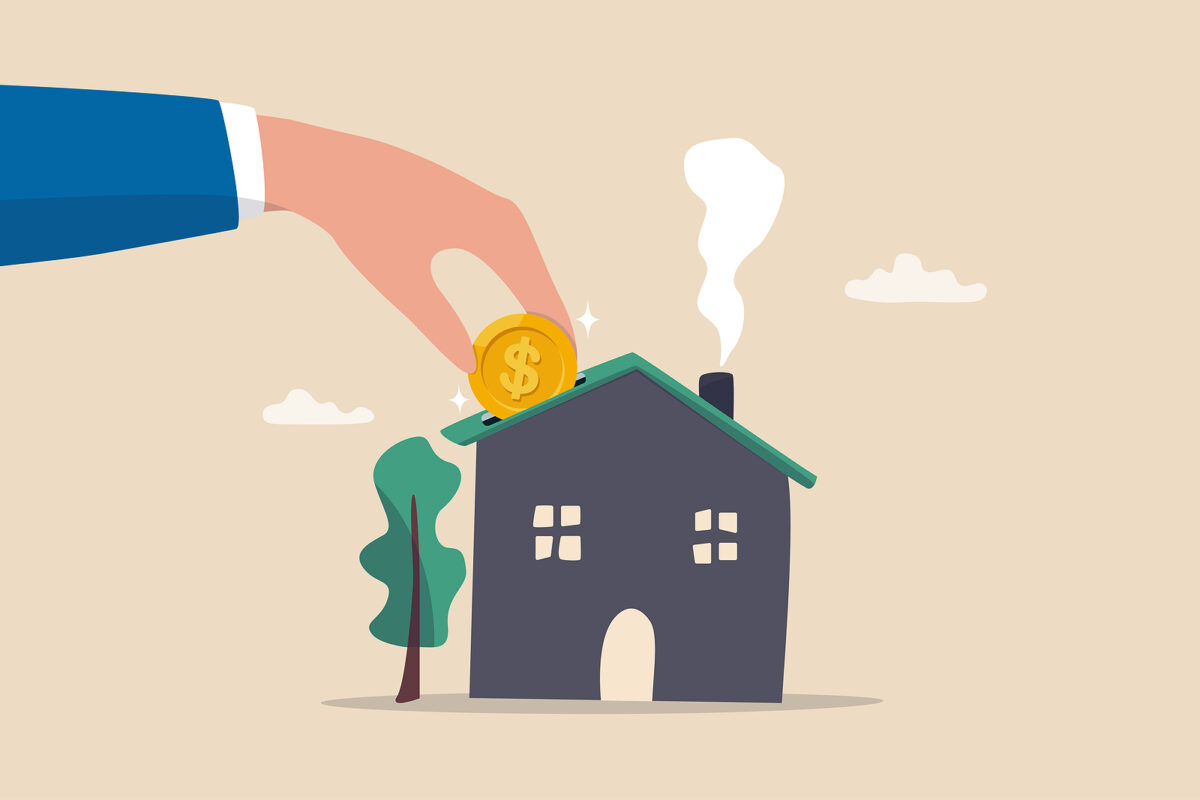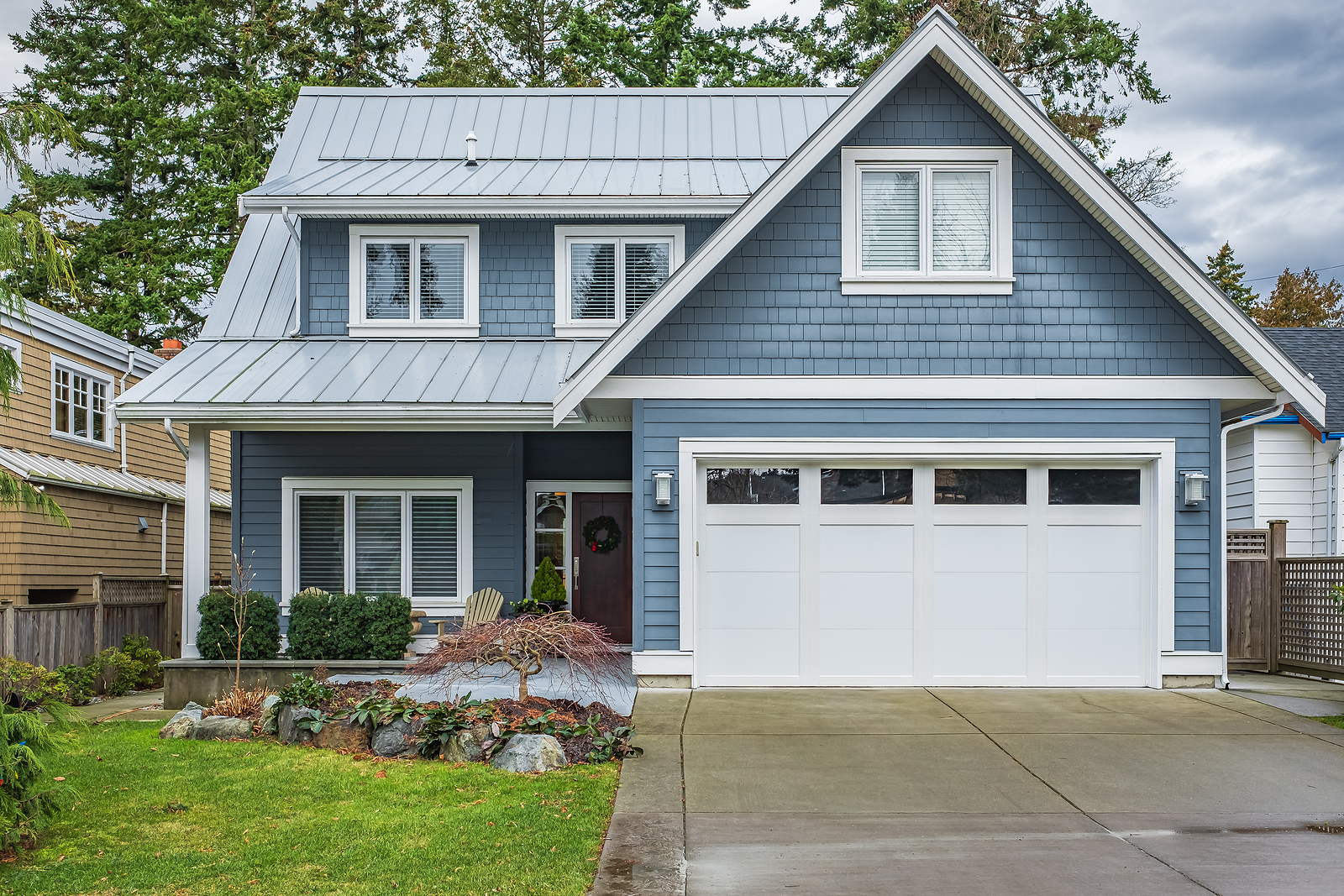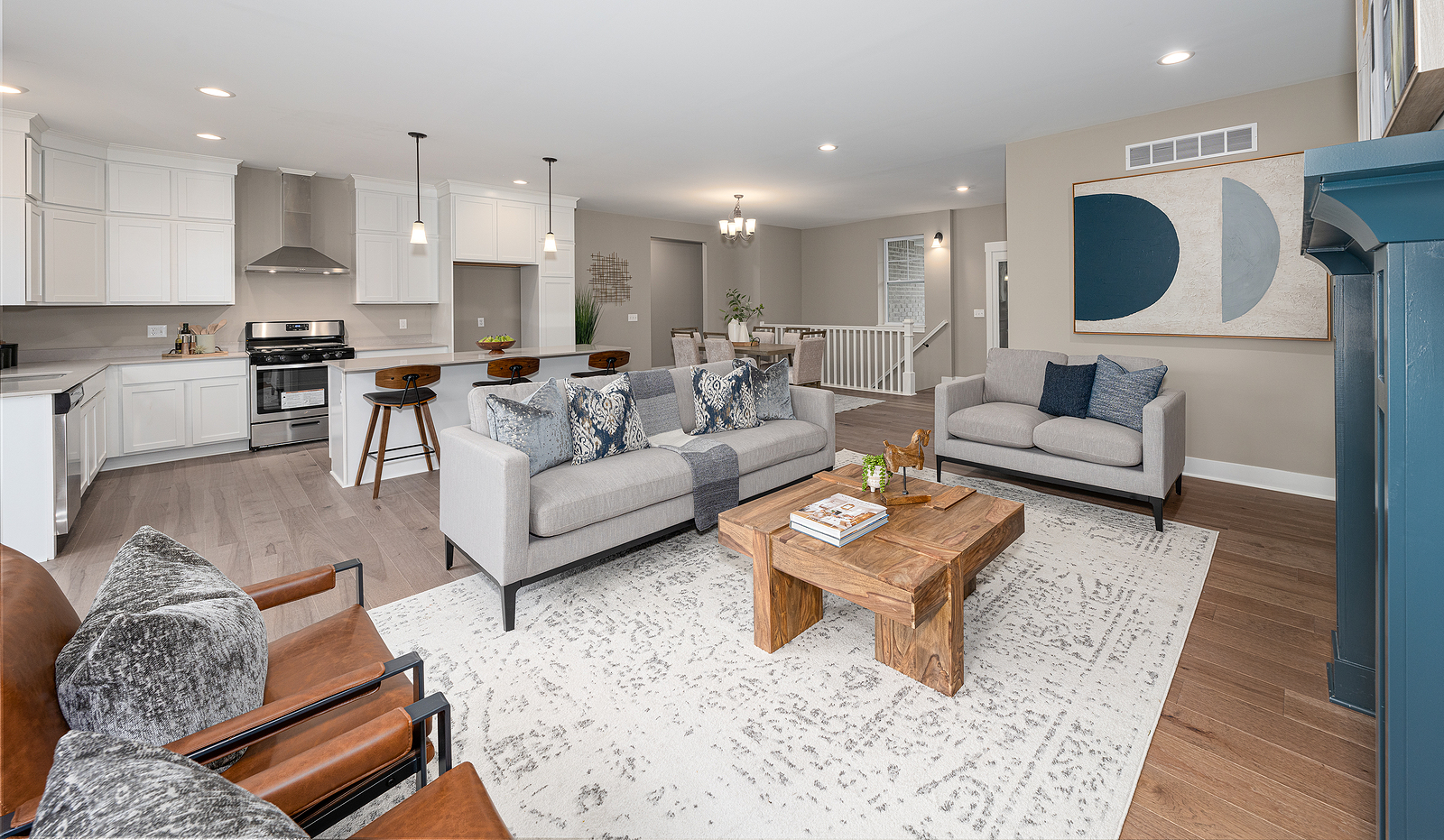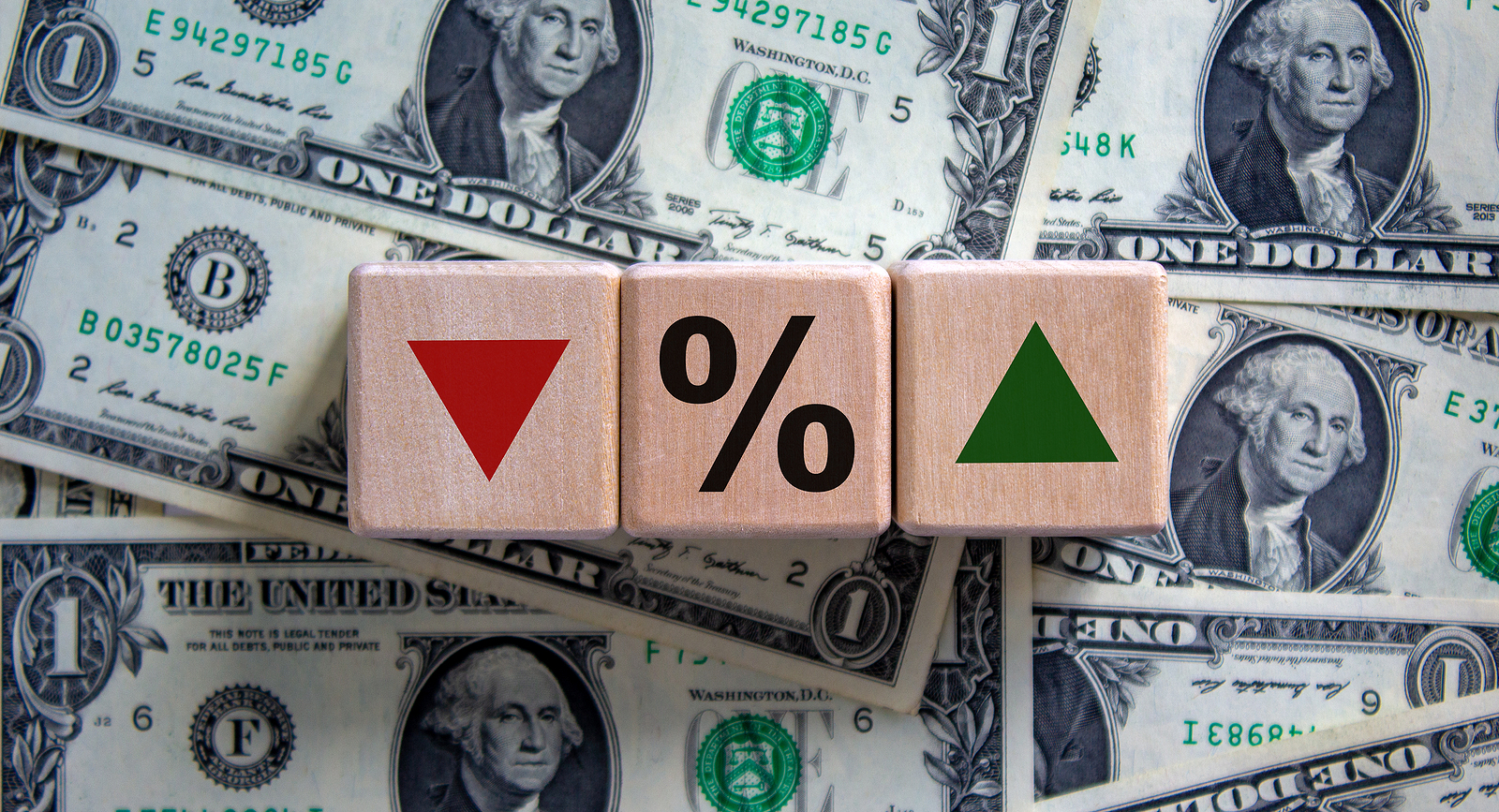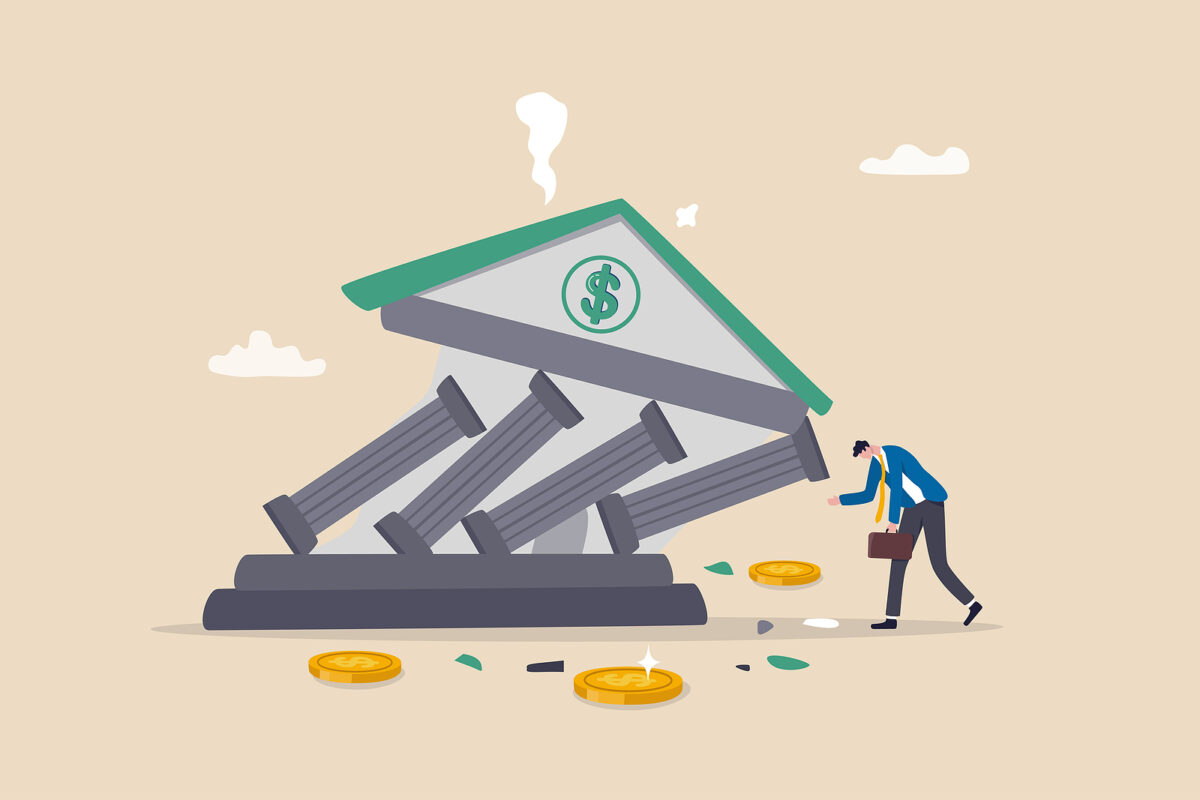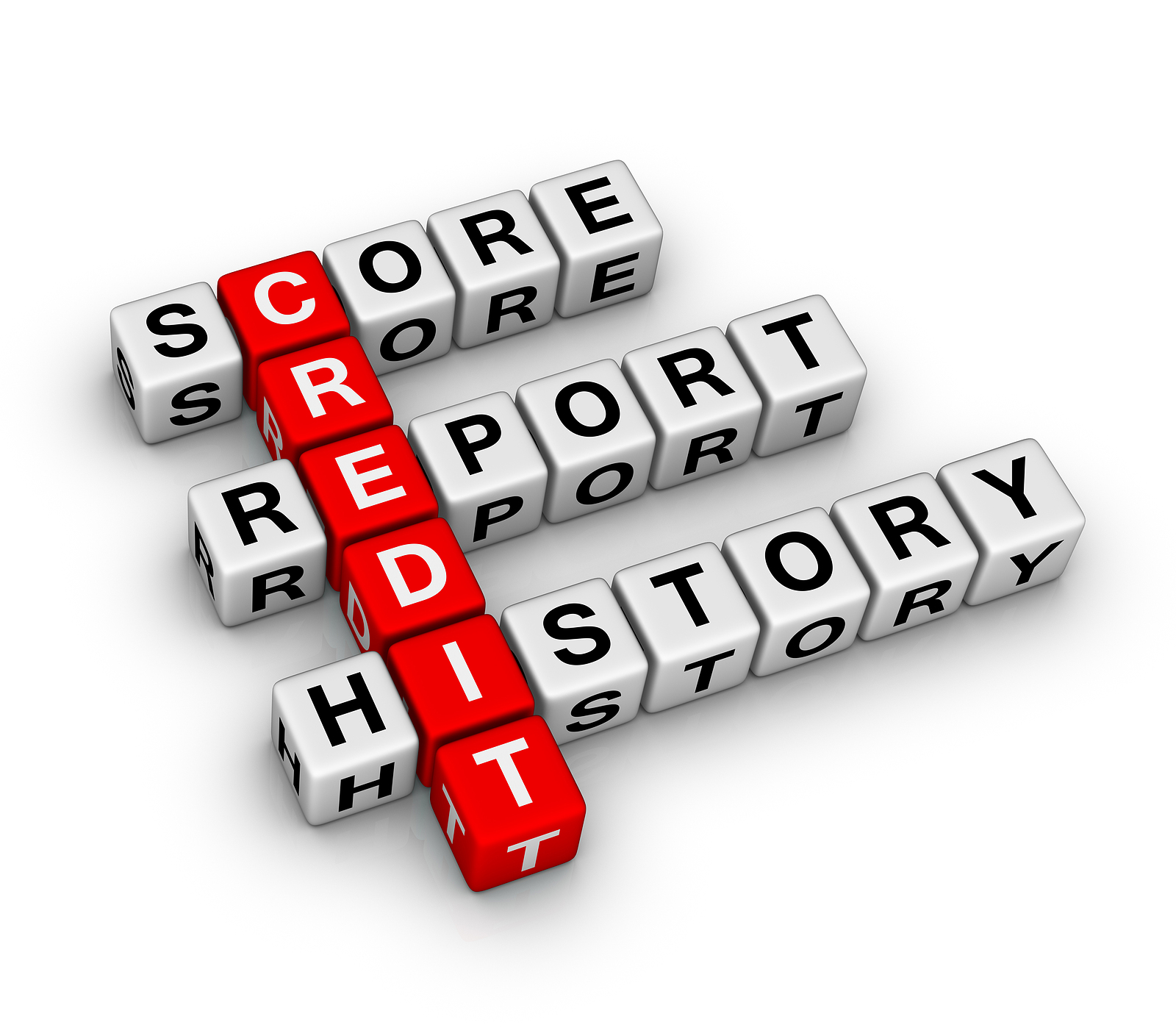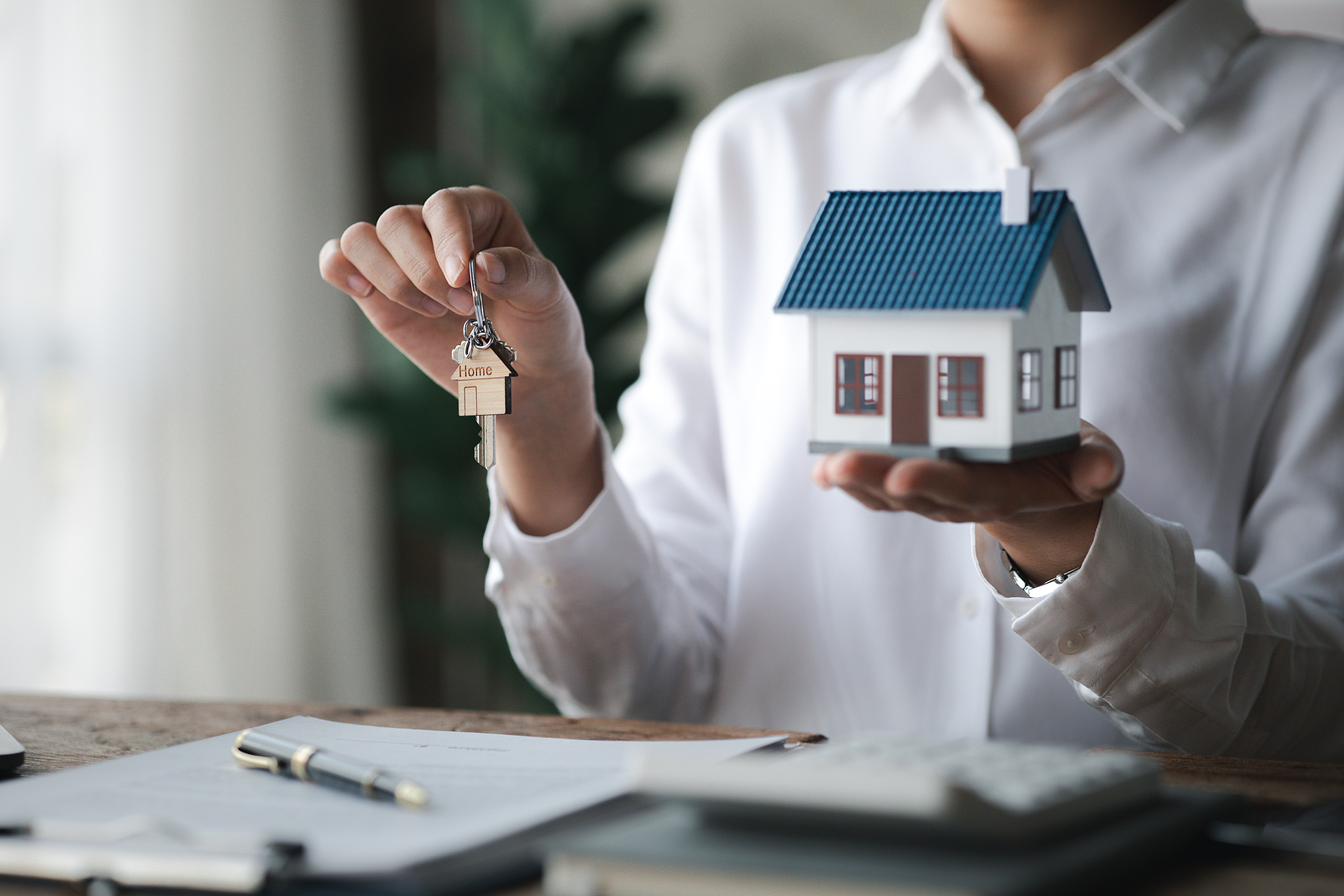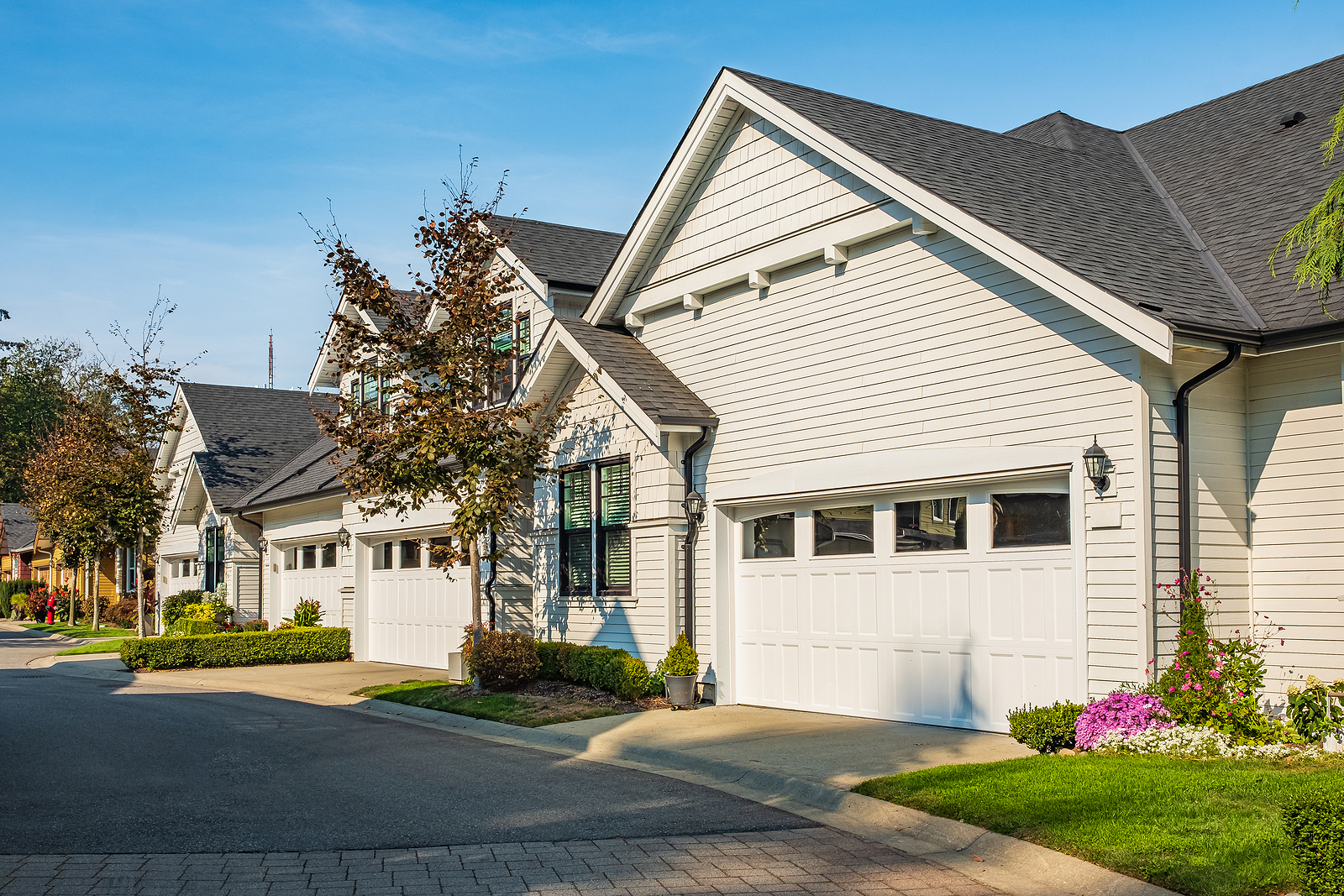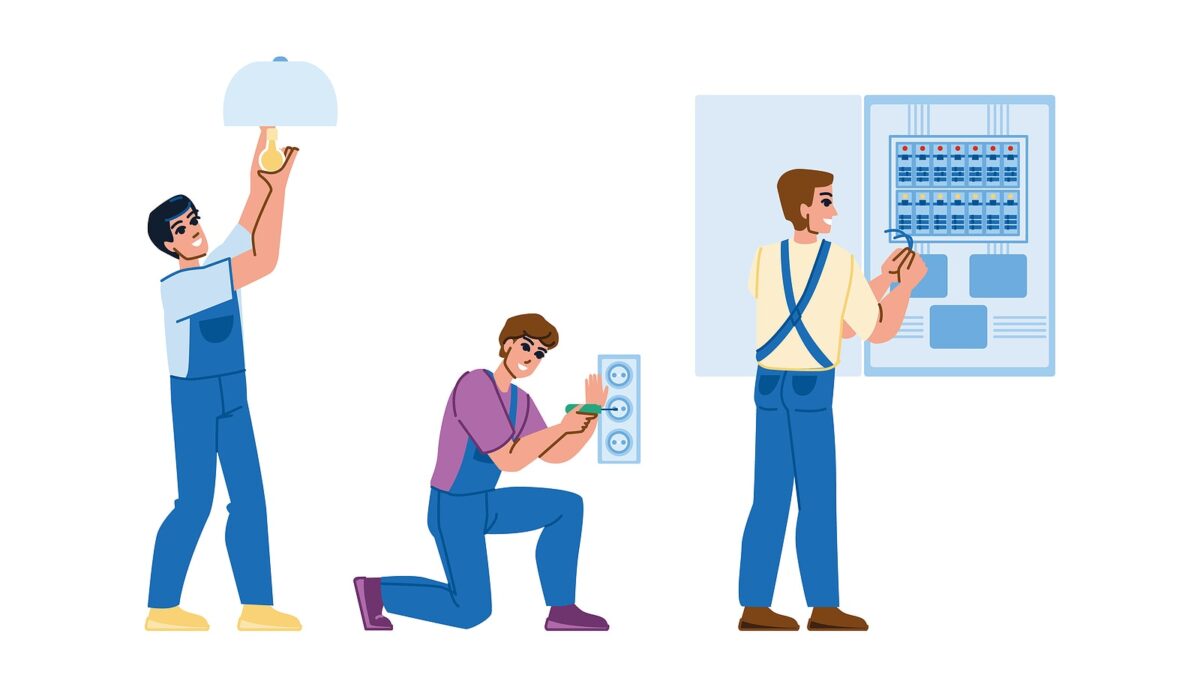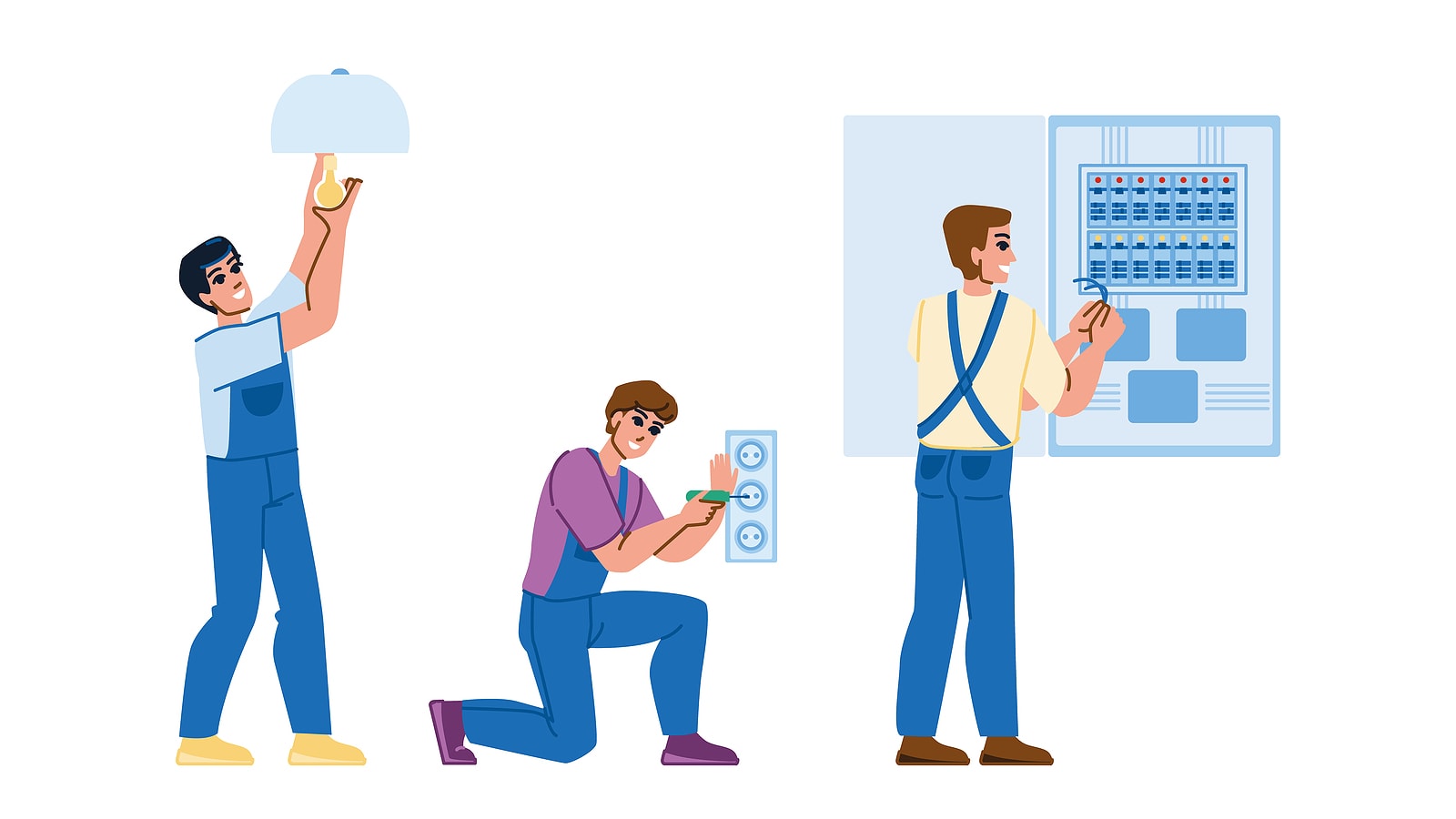Before putting your home on the market, it’s important to focus on who your likely buyer will be. Now, you don’t necessarily need a crystal ball to figure this out; statistics abound on what different types of buyers are looking for, both in a home and a neighborhood.
Then, there are the basic needs that seem to cut across all demographics. Once you have a clear picture of your likely buyer, we can better focus our marketing efforts.

The first-time buyer
Believe it or not, despite still-inflated prices and higher interest rates than we’ve grown accustomed to, the Associated Press reports that homeowners with starter homes are still experiencing multiple offers from buyers.
The buyers included many first-time buyers who accounted for 28% of home sales in March.
Naturally, if you own a starter home, you’ll want to cater to these buyers.
A dedicated laundry room tops the list of what these folks want most in a home. If your home boasts one, staging it to appeal to these buyers will have them clamoring for your home.
Consider adding shelving and other storage solutions. If space permits, a laundry-folding table will be a hit with buyers.
Don’t be surprised if baby boomers fall in love with your home
Baby boomers are large and in charge in the current market. For years their number of homebuyers was swamped by Millennials but not anymore. Nearly half of homebuyers are among the older generation.
Luckily, for home sellers who plan on staging to appeal to their target market, boomers want a lot of the same things as Millennials. This includes:
- Laundry room
- Hardwood floors
- Open floor plan
- Outdoor space
There are a few minor differences, however. Boomers crave one-level living and aren’t at all interested in a basement, Paul Emrath with the National Association of Home Builders tells Michele Lerner at NewHomeSource.com.
He goes on to claim that this cohort is looking for a patio, a “small private yard” and an outdoor kitchen.
Tip: Energy efficiency, especially when it comes to heating and cooling costs, is a homebuyer hot button, so if you’ve made any improvements in that area, they will make perfect marketing points.

The time to get the home on the market is a.s.a.p.
Now that you understand who will be attracted to your home, get it on the market as soon as you can.
What’s the rush?
Home prices may be about to plunge, according to PNC Bank’s Senior Economist, Abbey Omodunbi. She tells Yahoo Finance Live that they “… are forecasting that we are going to get a 10% decline in house prices this year.”
“There will be more of a balance in the housing market. There will be less demand and more supply. And that will contribute to the decline in house prices,” she concluded.
If you hope to get the maximum amount of profit that you can from the sale of your home, you may be disappointed if you wait too much longer.
Questions? Feel free to reach out. We’re always happy to help.

